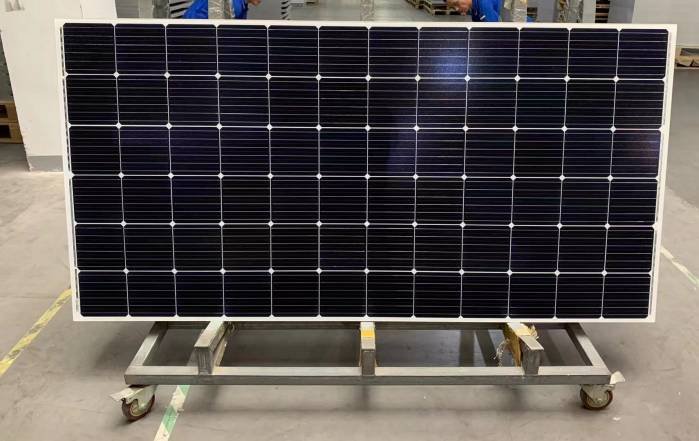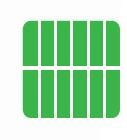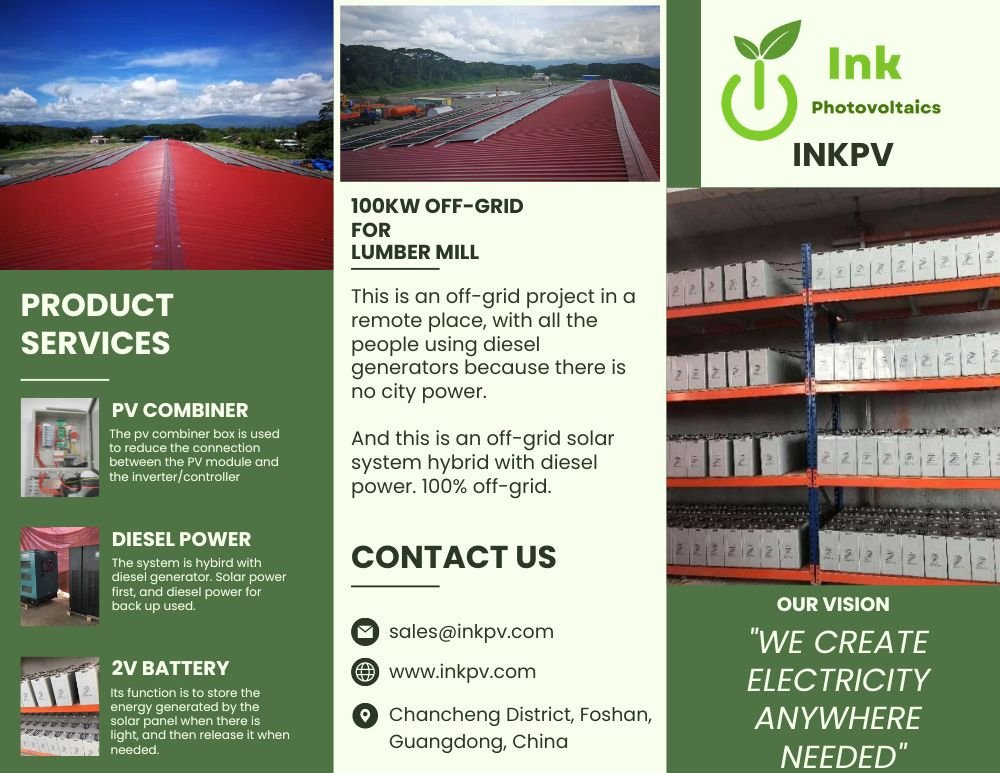How to read a solar panel data sheet?
Before you buy the on-grid or off-grid solar power system, you might want to know how to read the solar panel data sheet. The solar panel is the necessary part. And different solar panel are not the same. In fact, as the market of solar grown, there are more and more solar panel factory and dealers entered the market.
There are more and more brands and factory in China for solar panel. And different factory have different quality performance also the price.

Some high-end solar panel like Jinko, JA solar have good performance, but the price is really high matching price tag. But do you really need the high performance with the high price?
Other solar panel might seem to have same performance in the data sheet. And the price is really cheap with same data sheet like Jinko and JA solar. But, why are they cheap? In this blog, we will not explain that. The market will tell you why.
Different solar panel factory has Pretty pictures and a large number of figures. Have you ever looked closely at a solar panel data sheet? and do you understand the meaning of each symbols and units?
As you are going to become the solar power system owner, its better to know more about the solar panel. No need to understand all, but basic knowledge will help you better understand the solar power system.
And this blog will explain you in an easy way to understand the solar panel data sheet. In order to choose the best solar panel for your home. Hope this blog will help you to find the best solar panel match your solar power system with performance specs that are right for your needs and budget.
What is a solar panel made of?

1.The top layer is usually glass with improved characteristic to allow more light to go inside the module. It is coated with an Anti Reflective Coating (ARC) for such purpose. It may also be specially designed for solar modules
2.POE/EVA - Poly Olefine Elastromer (or sometimes EVA - Ethyl Vinyl Acetate) is used to hold the cells and in fact the entire framework together. they act as binding agents which holds the module for 25 years. Which you can find it in the solar panel data sheet.
3.Solar cells are sandwiched between two EVA (or POE) layers. The bottom most part of the module can be back sheet or glass depending on the kind of module.
4.The sole purpose of back sheet is to protect any dust particles from entering the solar module. It also has a Junction box fitted to it which carries protection devices for solar module and has two output terminals.
5.Last but not the least the solar module may have frame (Aluminium) for easy mounting of modules.
Busbar in the solar panel data sheet


Solar busbars conduct the DC current produced by the solar cell from the sun. More busbars, the efficiency is higher. Of course, the cost are higher with more busbar.
Just like going to one place, more cars can pass through for 2 roads compared to 1 road.
PID Resistance

Potential in the solar panel data sheet induced degradation (PID) can be understood as efficiency going down and sigh of aging.
Certification

IEC61215 and IEC61730 is most common certification for solar panels.
All INKPV solar panel have IEC61215 and IEC61730 certification, which you can see it from the solar panel data sheet.
For some on grid solar system, the local power company will have the certification requirment for the solar panel. And for some grovment tender, they have the strick requirment for solar panel too.
PERC

Some solar panel data sheet will show you the PERC. What is PERC?
PERC, which stands for Passivated Emitter and Rear Cell or Passivated Emitter and Rear Contact, is a new technology aimed to achieve higher energy conversion efficiency by adding a dielectric passivation layer on the rear of the cell.
Compare the tradition technology, PERC significantly improves the capture of light and electrons. Means better performance than traditional mono.
Their exceptional low-light and high-temperature performance give customers more flexibility in installation and mounting.
Cell Type Mono PERC 158.75×158.75mm 144 (6×24)
158.75x158.75mm means one cell size, solar panel is consist of 144cells(6*24).
Every solar panel data sheet will tell you the size of solar cell.
Open-circuit voltage (Voc)
This is the maximum voltage for one solar panel. The open circuit voltage means measured with a multimeter when there is no load for the solar panel. Every solar panel data sheet will show you the Voc
If you put 2 solar panel or more in series. Then the voc of this series is VOC of panel 1+Voc of panel 2. And usually there are PV combiner in one off-grid solar system, you can measured with a multimeter from the terminal of the PV combiner.
When we choosing a MPPT solar charge controller, there are a solar panel range.

For example, this MPPT solar charge controller Max PV input voltage is 150V DC.
And for the 400W solar panel, VOC is 49.1V. And the controller max 150V DC.
So you should connect 3pcs solar panel in series, and do not put 4pcs.
The VOC must be less than the max range of the solar charge controller. Some controllers shut down if it’s exceeded, then the solar panel cannot charge the battery. Or it may damage the solar charge controller or reduce the life span.
For this solar charge controller, when the solar panel Voc bigger than 150V, it will stop itself, and recovery when the voltage drop to 145V DC.
This is a important data from the solar panel data sheet.
Short Circuit Current (ISC)
When you connect the MC4 from same solar panel, from positive to negative, you will get the highest current. That's we call Short Circuit Current ISC.This does not harm the solar panel, but you take care to avoid arcing.
This is how many Amps the solar panels are producing when the solar panel not connected to a load.
If you put 2pcs solar panel in parallel, the current is Isc1+ Isc2. And the Isc of the 400W solar panel is 10.6A. That’s mean if you have a 96V 40A solar charge controller, you should max put 3 in parallel. 10.6x3A<40A.
This is also a important solar panel data sheet.
Voltage at maximum power (Vmp)
Vmp in the solar panel data sheet stands for Voltage Maximum Power Point. This is the voltage when the power output is the greatest.
In the test condition, this is the actual voltage you can see when connect to MPPT controller.
Actually, the Vmp will change all the time because of the temperature, the shading or and the light. It won't stay the same all the time.

We can compare the MPPT and PWM solar charge controller by the Vmp. In a same off-grid solar system, the battery voltage is same. At this time, the MPPT solar charge controller will adjust the current according to the Vmp. That means the MPPT solar charge controller will have bigger current to charge the battery. It would be very useful for an off-grid solar power system.
Current at maximum power (Imp)
Imp stands for current at maximum power. This is the current when the power output is the greatest.
In the test condition, this is the actual current you can see when connect to MPPT controller.
Just like the voltage, it will charge all the time.
Standard test conditions (STC)

In order do the comparisons between different panels manufacturers, we use STC to do the test. Temperature of 25°C and an irradiance of 1000W/m2 with an air mass 1.5. This conditions are not likely occur. Every solar panel data sheet will have the same STC.
Normal operating cell temperature (NOTC)


NOCT is more like in a cloudy day full of sunshine. The condition is 800 W/m2, closer to a reasonably sunny day with scattered clouds. And the temperature of 20°C, wind speed 1m/s. This data is more like a real world conditions.
Last word
The terms and ratings that are associated with a solar panels data sheet have different meaning. We hope this blog has cleared up any questions you might have.
And if you have any question, feel free to contact us.

Wang.Lee
Wang has over 10 years of experience in off-grid projects. And know how to wire the system well. Making every installation step easier.






























